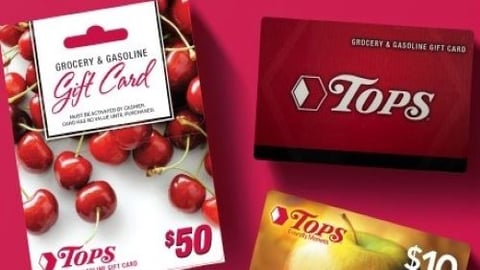Room for E-Commerce Improvement
As grocery e-commerce surged throughout 2020, Americans reaffirmed a preference for curbside pickup over delivery. Households tend to favor grocery pickup because it costs less than delivery and, in theory, they have more control over when their order is received.
However, satisfaction with pickup has lagged delivery in two key areas that affect the overall shopping experience: selecting a time slot and receiving the order. Food retailers have an opportunity to improve both this year.
Selecting a Time Slot
Pickup satisfaction scores related to selecting a preferred time slot lag delivery by 10 percentage points when comparing the share of very/extremely satisfied customers, according to research that Brick Meets Click conducted with Toronto-based Mercatus last November.
The culprit is a lack of capacity to meet the elevated shopper demand for pickup. While that’s understandable given the onslaught of online order volume that grocers experienced as the pandemic set in, the reality remains that retailers own this opportunity, as third-party providers have adapted more quickly to meet the growing demand for delivery.
Regardless, picture your customer trying to select a pickup slot at 11 a.m. to discover the first available time slot isn’t until the next day. Yet if they toggle to delivery, they could get something within two hours, or maybe a little further out, but at least on the same day.
Closing the performance gap is important because retailers risk losing entire orders and customers, as the vast majority don’t use both. In fact, our research highlights that household usage of pickup and delivery options from the same retailer are very limited.
Only 15% of the active online grocery households across all online retail formats used both service types during the same month, according to the Brick Meets Click/Mercatus November research. Additionally, the dual usage for a single retailer would almost be cut in half, based on Brick Meet Click’s analysis of 30 retailers that offered both fulfillment options.
Receiving the Order
The other opportunity for retailers in 2021 is to reduce wait times, an area where our research shows pickup also lags delivery. Ironically, a year ago, satisfaction with pickup wait times exceeded delivery. What’s changed is third-party delivery providers proactively pushing notifications about the order and unattended delivery options that collectively mean that customers don’t have to guess or wait for when their order will arrive. Conversely, pickup customers may wait five minutes or more.
It doesn’t have to be that way, though, if more grocers took advantage of geo-location tools to anticipate when shoppers were arriving to pick up their orders. Retailers may be hesitant to take this step, because it adds cost. However, it also improves the shopper experience and reduces the risk that customers will shift their allegiance to another retailer — one that appreciates the value of time.
Retailers face a similar false choice when it comes to solving the capacity issue that negatively affects the ability to select a time slot. They can add labor to increase throughput, or they can train a laser focus on enhancing fulfillment processes, which our experience has shown can yield a 30% improvement in labor productivity.
Improving the efficiency of the assembly process and leveraging technology to enhance the process of distributing orders is vital to strengthening shoppers’ experience and winning more market share in 2021.




